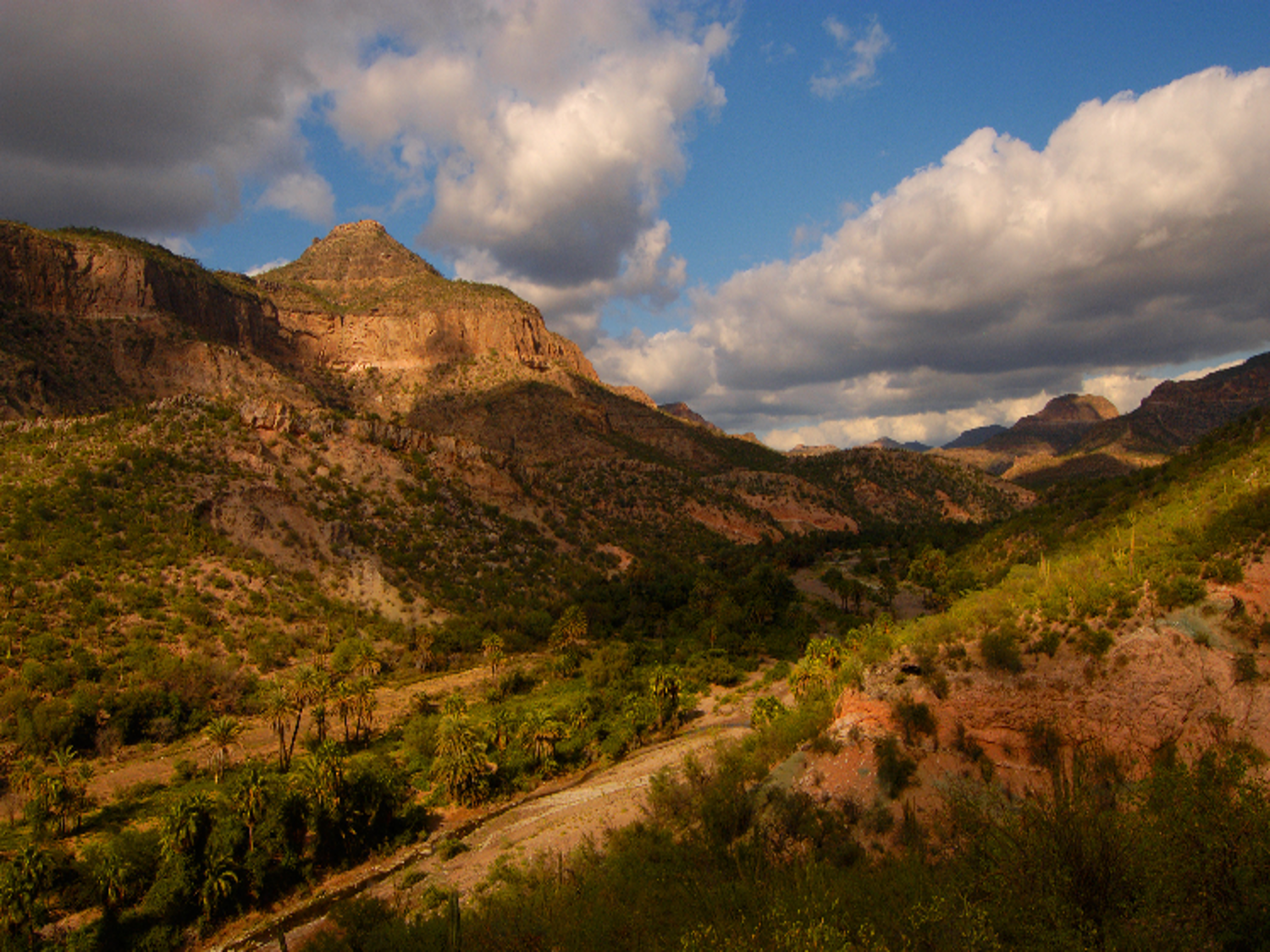Story from Dave Kramer, The Colombia Rising Project & ANIIP (Austin Network of International Impact Professionals)

San Cosme – Punta Mechudo Landscape in Baja California Sur, Mexico. Photo by Miguel Ángel de la Cueva
A group of coaches and coaches-in-training from around the world joined in a conference call this past September 2018 to discuss the application of the Open Standards to landscape-level initiatives with multiple stakeholders. Estuardo Secaira (Guatemala City, Guatemala), Jens Odinga (Saba, Dutch Caribbean), Stuart Cowell (Tasmania, Australia), and Dave Kramer (Austin, Texas, USA) shared stories from our diverse experiences, including examples from marine initiatives in the Caribbean and eco-regional planning for Central America’s pine-oak forest. We discussed the challenges we’ve faced when upscaling planning from the local level to landscapes, watersheds, and jurisdictions, particularly those related to governance, long-term sustainability, and unknown factors associated with pre-existing human relationships. Together, we concluded that it’s critical to have the OS nested into good collaborative processes and have the right people in the room—ideally, one or two champions who can act as drivers of the process. Good local examples are critical to show people exactly what you’re talking about in ways that make sense to them in their daily lives. The larger the scale, the more important it is to think about planning as coalition building, where one doesn’t only focus on conservation, but also on sustainable use of natural resources, threat reduction, and human well-being.
A few resources that our group found useful are available here.
